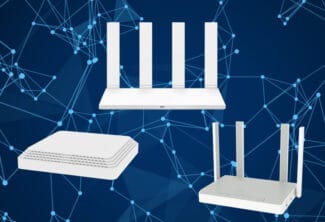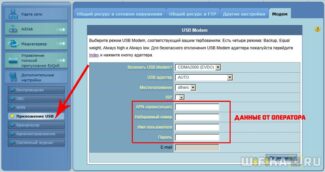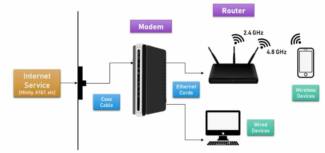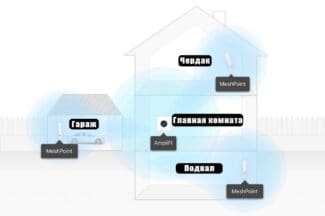What settings can I configure in a wifi router? The user can specify a password to connect to the wireless network, change the name of the access point, select the broadcast channel (that is, determine in which part of the frequency range the router will work), configure additional security options. The vast majority of modern models do not need any additional configuration, but parents can set up secure access for computers used by children.
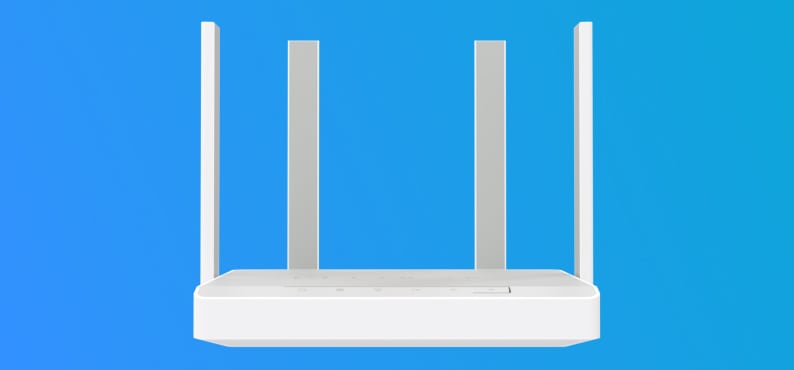
- Choosing a router for the apartment
- How to choose a router for a private house or cottage
- Why do we need a router?
- How to choose the right router
- Number of ports
- USB interface .
- Have wifi – what does it mean
- Why Wi-Fi is needed
- Indicators and buttons on the router
- How to choose the right router
- What does a WiFi router do?
- What to look for when choosing a home WiFi router?
- What to do if there is no Wi-Fi router, but you need Wi-Fi here and now?
- Modem and router
- Wireless Internet in a private home
Choosing a router for the apartment
A Wi-Fi router for an apartment is the most popular product from network equipment and wireless router manufacturers. As a rule, the simplest and most affordable solution is enough to cover a standard three-bedroom in a modern apartment building – there is little point in overpaying for options and features that you will not use.
For example, the Keenetic Start N300 Wi-Fi router (KN-1112) can handle the task of distributing the Internet without any problems, and it can be called a great wifi router for an apartment. At the same time it has an interesting feature – it can function as a repeater. Therefore, when you move to a dwelling with a larger area, like a private country house, it will be realistic to include it in a chain of similar devices to increase the network coverage.
Another good option for an apartment router is Wi-Fi router Netis N4 – it is ideal for a small apartment (1-2 rooms), because it has a very compact body, which does not take up much space.


There is a general rule when choosing a router in the apartment – pay attention when installing the gadget to the location of supporting walls in the room. Whatever high-tech device for distributing the Internet via Wi-Fi you bought, its signal will repeatedly (up to zero values) deteriorate when passing the metal and concrete structures. Try to install the router so that it is located in the center of the apartment.
How to choose a router for a private house or cottage
The area of the house or cottage will in any case be larger than that of a city apartment. What router should you choose for your home in such a case? The answer begs itself – for such an expanse of space you need a device more powerful.
You can take a closer look, for example, at the TP-Link Archer AX55 AX3000 Wi-Fi router – it is a real monster from the world of wireless technology, although with a price tag of a premium device – 6300 rubles. It has a lot of modern technological features, among which is the parental control function: in the settings you can restrict access to certain sites. The wear-resistant plastic housing of the device is not exposed to adverse external and mechanical effects. Therefore, it can be placed on a covered veranda – so the Internet signal will easily reach the garden plot, lawn or vegetable garden (depending on how you use the surrounding area).
There are also more affordable solutions for your home/household wireless Internet needs. The HUAWEI WS7100 AX3 Wi-Fi router is a bit cheaper, but it will also provide good Wi-Fi coverage for you and your household. This device has a nice futuristic design and will decorate any room.
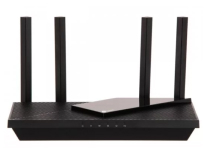
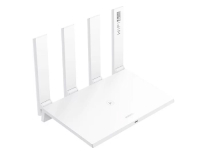
Why do we need a router?
Routers take information from each device and send it to the Internet to the right server. Then they return the "answer" so that the device can work with this or that function.
For example, when the computer opens the browser and the user enters an address, the request to download the site is first transmitted wirelessly from the computer to the Wi-Fi router, and only then – to the Internet. After that, the page starts loading from the server – it is received by the router and transmitted to the computer.
How to choose the right router
To choose the right Wi-Fi router, which will fully meet your needs, you must first decide what you need from it. What are the main characteristics of a router that you should pay attention to?
Number of ports
The vast majority of modern budget routers can not only distribute the Internet "on the air," but also allow you to connect your computer via a normal network cable (aka Ethernet). Most often, home Wi-Fi routers have 3-4 Ethernet slots, into which you can plug a network cable to connect a computer or laptop.

Often the use of cable is justified. For example, in conditions of "noisy" ether, when many other similar routers are located in neighboring apartments or offices, the cable connection will provide a stable connection without interruptions and high speed. Most often the maximum that can be provided by the provider. The cable has a disadvantage: it takes up space and can cause inconvenience by getting tangled underfoot.
USB interface .
This option comes in handy for connecting external devices to a Wi-Fi router. The USB port can be found on both cheap and expensive models. What is it used for?
- First, it can connect an external drive – a hard drive or an ordinary flash drive. This allows you to use the router as a network storage, i.e. as a storage medium that can be accessed by all users of the local network (connected to the router via cable or "over the air"). For example, network users can download music or movies from there – or play them in real time on their computers or laptops. If a smart TV is connected to the local network, it will also be able to connect to this storage device and show movies stored there. By the way, it is better to connect the TV to the router via Ethernet cable, if there is such a possibility: the speed will be higher and the connection will be more stable.
- Secondly, you can connect a mobile modem that supports 3G or 4G networks to the USB port. In this case, the router becomes a mobile Internet access point that you can take with you. For example, you can take it to your country house, provided that you can get a signal from the desired mobile network operator.
- A third way to use the USB port in a router is to connect a printer. In this case, everyone in the wireless home network will be able to print documents. Of course, to do this you will need to go into the settings of your PC – in particular, to install the network drivers for the printer. Every user can cope with this task, as the setup process is described in detail in the manual to any printer.
Have wifi – what does it mean
If on the doors of a cafe, in a park or in a club you saw an icon "There is Wi-Fi", then this means that on the territory there is a powerful router, to which through a smartphone, tablet or laptop can connect all comers. To do this, it is necessary to open the settings of the phone or other device, click on "Connections to Wi-Fi networks," select the desired one from the list of available networks. And you can use it.
Usually, the name of the public network is the word "free" and / or the name of the place that provides the access point. There is no lock on the network icon. You can connect to it without a password.
You can connect to public Wi-Fi completely free of charge or under certain conditions, such as viewing ads, subscribing to groups in social networks. Since public Wi-Fi networks (also called hot spots) are located in crowded places, the data transfer rate there is not high and may fluctuate depending on the flow of people. For example, there is open Wi-Fi in the Moscow metro, in some cafes (for visitors), at airports and train stations.
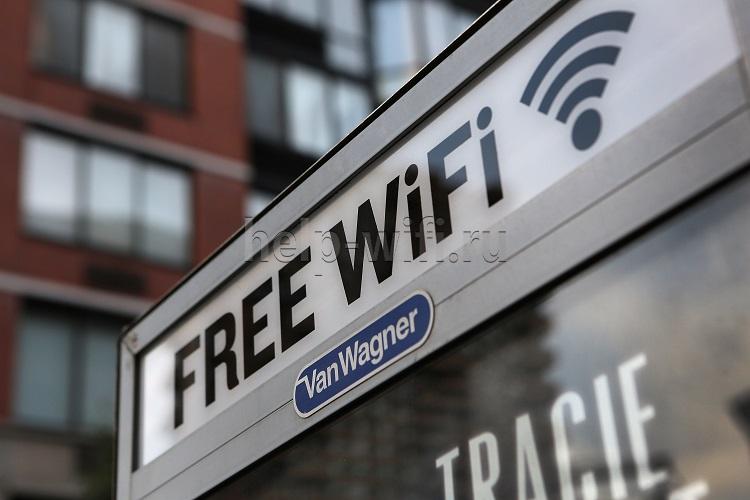
Such an access point is not password-protected, so, theoretically, an intruder can hack it and gain access to any device in the network. In some countries, such as Singapore, open public Wi-Fi networks are severely restricted by law. But modern devices are tamper-proof, so the risk is low.
Why Wi-Fi is needed
Initially, the speed of data transfer over a wireless network was slower than over cable. Today it's almost the same. It is convenient to work via Wi-Fi on devices that are impossible or difficult to connect via cable: smartphones, tablets, laptops.
The capabilities of wifi allows you to use it not only within an apartment, house or office, but also in an industrial facility. The technology is used at remote, dangerous, secret sites. For the average user, Wi-Fi allows you to stay mobile and not be tied to wires. In the future, it is assumed that wi-fi can replace traditional cellular networks.
Wi-Fi is needed to exchange data between a variety of devices.
Indicators and buttons on the router
All information icons are usually displayed on the front panel. This displays the device's power-on sign and network status icons. If the signal reception sign is not lit, you should check the cable connection to the router before you panic.
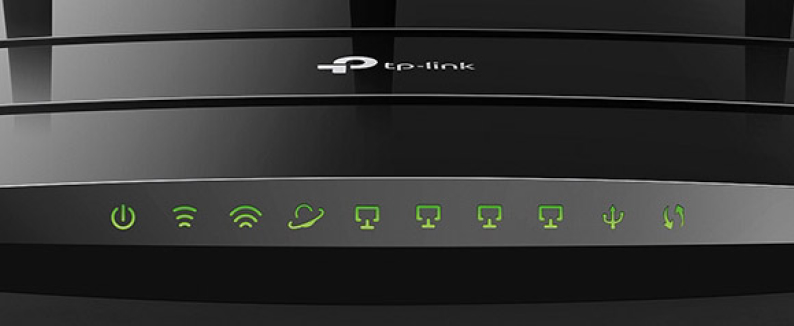

You can't get any faster. 21 ways to speed up your home and mobile Internet
How to choose the right router
First of all, decide how strong a network signal you want to get. The simplest router for a couple of thousand rubles will do for a bachelor's one-room apartment. And if you are the happy owner of a three-story mansion, you need a much stronger signal transmission. Before buying, it is advisable to read or watch the review on YouTube – usually there they write to the accuracy of meters, how much "reaches" a particular router.
Before buying, familiarize yourself with the list of additional options. If you do not have children in your apartment, you will not need the parental control function. If you're planning to connect third-party devices like a printer to your router, make sure this router model has the right port.
View all routers and choose your router
*Information about products posted on the "Eldoblog" is not a public offer. The price of goods is given as a reference. You can find the current prices of products in the relevant region on eldorado.ru
Do you like to share your opinion about technology? Then write a product review in "Elblog" and get up to 1000 bonuses for new purchases!
What does a WiFi router do?
First of all, a WiFi router is a device (device) that allows you to exchange information between multiple networks or subscribers simultaneously using WiFi wireless communication.
And at home through a WiFi router you can connect to the Internet simultaneously from several computers, such as a desktop computer, from a laptop, from a tablet, for a printer, etc.
It should be noted that all modern communication devices (computer, cell phone, tablet, netbook, etc.) are equipped with built-in WiFi receivers. Such devices have a great advantage because they do not require cables to connect to the World Wide Web and to other devices, which sometimes get tangled underfoot and cause additional inconvenience.
A Wi-Fi router can solve many problems. It can solve both the problem of being tied to the number of connected devices and the problem of "cable" dependence when connecting them.
It allows you to forget about the cable wiring forever, place your computer in any corner of the room and get access to the Global Network.
What to look for when choosing a home WiFi router?
- If you have made your choice in favor of a WiFi router, the next question arises: how to choose a WiFi router for your home? In this situation, you should take into account the parameters of your Internet service provider. You need to find out exactly what kind of connection it provides:
- ADSL (using a home telephone line) or
- DSL (on a separate Internet-only line).
- You should also find out the speed of your Internet connection, since the bandwidth of your router may be somewhat lower than what is stated in your provider's plan. As a result, you will pay more for Internet access services than you need. Because you will not be able to get the technical capabilities of the Wi-Fi router to get the speed of Internet access you have paid for.
- The area required for Wi-Fi coverage also affects the choice of router. If the area is large, you should choose a router with three antennas, if small – with two.
- For the router to be able to connect additional external devices (e.g. printer, scanner, memory cards, etc.), you should pay attention to whether the router is equipped with appropriate connectors, such as USB or card reader.
- And finally, when choosing a router, you should clarify whether this or that model is not discontinued, because all routers that are not discontinued have updatable software, which allows to ensure their reliable and high-quality functioning.
What to do if there is no Wi-Fi router, but you need Wi-Fi here and now?
What if you don't have a Wi-Fi router handy? For example, there is an old D-Link router for wired Internet only, which works fine. If you need WiFi, that's where the laptop comes in. I wrote more about how you can use a laptop as a home WiFi router here.
In addition, almost any modern smartphone can become a mobile WiFi router. When it receives Internet via 3G or 4G mobile networks, it can further "distribute" it using the built-in Wi-Fi transmitter to other home devices. You just need to keep an eye on your mobile communication costs and connect additional options and services that provide cheaper options for accessing the Internet from mobile devices in time.
Modem and router
Today these two terms absolutely different in their essence devices are misleading for many people.
The purpose of a modem is to provide information to the consumer. The fact is that the messages transmitted from the network provider in analog form are not available to the computer. The modem converts this information into a form that the computer can already work with.
The input information comes to the modem through various communication channels: telephone line (ADSL), twisted pair (Ethernet), via radio waves of the appropriate range (3 G /4 G), fiber optic cable to the house.
The purpose of the router is to distribute the information received from the modem between the consumers, created on its basis local network. This distribution takes place both over cable lines (LAN) and over the air via Wi-Fi. There are practically no wireless routers in their pure form.
All of them have a modem of input information, which is then distributed between the consumers of the local network according to its routing using internal IP-addresses.
Modems in its pure form are used only to convert the information transmitted over telephone lines.
A wireless router receives the Internet not because it is a router, but because it is a built-in modem.
The modem does not have its own IP address on the Internet. It is defined by the address of the only computer it is connected to.
The router, on the other hand, has an address through which it is identified in the wide area network. The addresses it creates in the local network are intended to assign routes to all of its participants.
The modem does not require additional settings from the user. It is configured once in the factory.
The router has many individual settings. Their number depends on the network architecture, its composition and priority of participants.
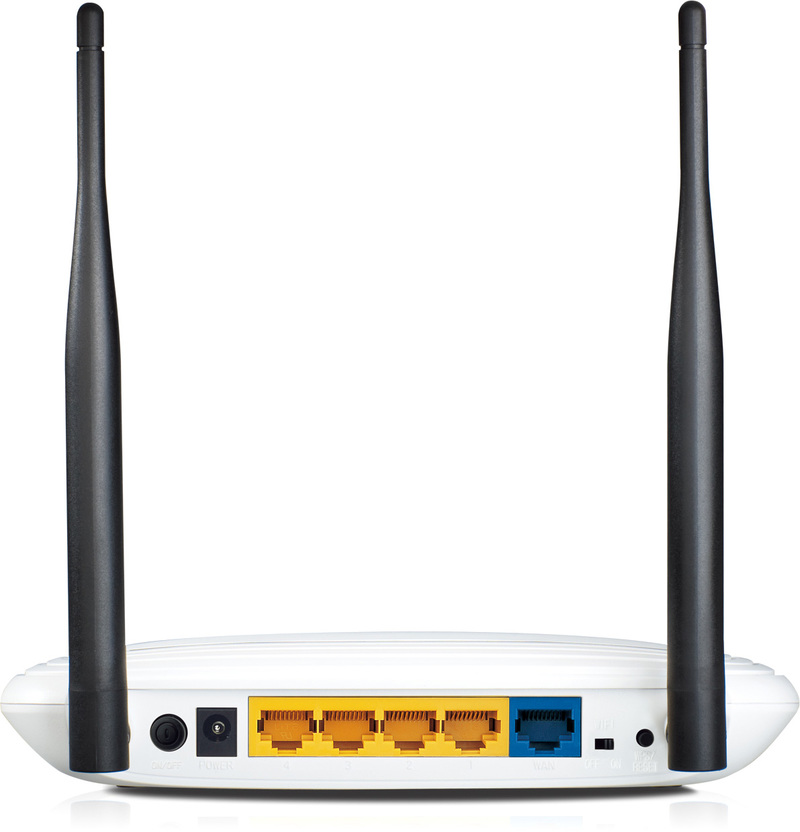
Wireless Internet in a private home
Laying cable for the Internet is an expensive undertaking. Old telephone lines in remote areas are not in the best condition. Communications are accompanied by a large number of interference. And there are places where it simply does not. The question arises – how to connect the Internet without a home phone? In this case, come to the aid of a wireless connection, that is a connection using radio waves.
Most mobile operators, including MTS, Beeline, Megafon and Tele2, offer mobile 3G internet with unlimited rates and the corresponding equipment for reliable communication. Among them are 3G modems.
This modem will be used as a signal source for the router when organizing a home local network based on Wi-Fi technology.
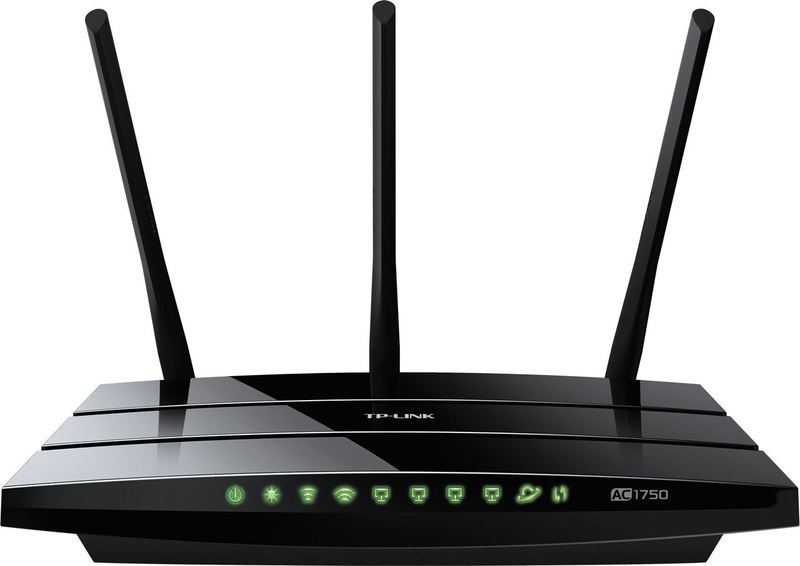
Why USB on a router? The presence of a USB connector in the router is not a sufficient condition for connecting a modem to it. It can only be used to connect peripherals (external hard drive, printer). It is necessary to carefully study the instructions for both devices in advance. The router must be designed to work with a mobile modem.
To ensure stable reception and reliable operation, there are special antennas, the installation of which on an elevated open place will strengthen the signal of the mobile operator.
Further work is to configure the router to work with a particular mobile operator and the question – how to connect the Internet wi-fi home – will be solved.
Using a wireless router to organize a local network will allow all of its participants to be constantly "in touch".
Read More:
